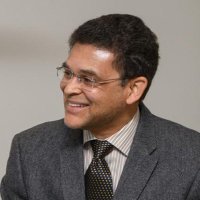
Glaucio H. Paulino
@ghpaulino
ID: 388118296
10-10-2011 06:49:33
405 Tweet
1,1K Followers
116 Following

Prof. Nancy Sottos (UIUC) is delivering an amazing lecture (PMI Seminar) on “Molecularly Architected Polymers Enabled by Frontal Polymerization” Princeton University University of Illinois
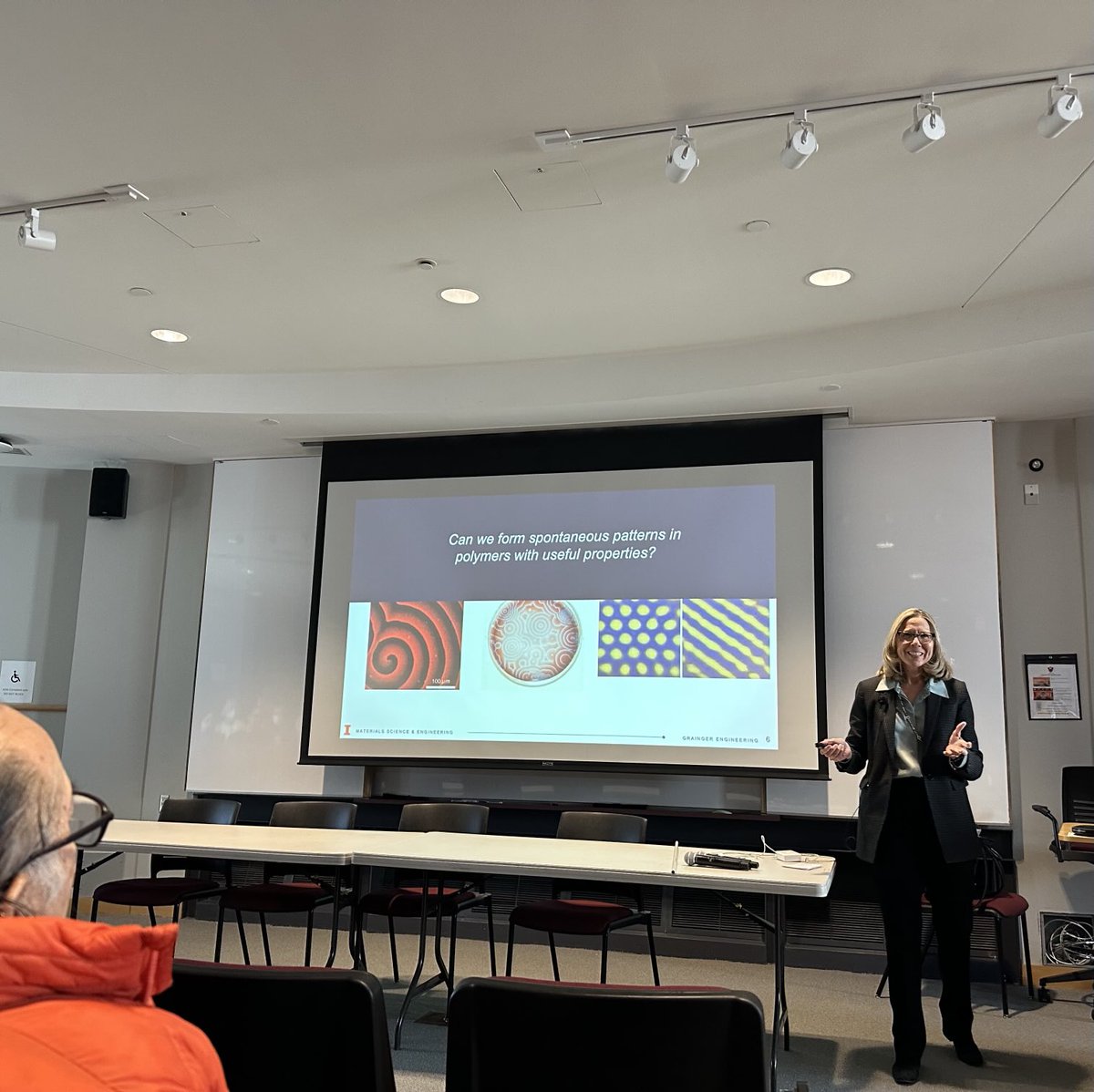

As part of The Princeton SMatCH Seminar series, Dr Tuo Zhao is delivering a fascinating lecture on “Modular Chiral Origami Metamaterials” associated to his upcoming paper in Nature Princeton University Princeton Engineering nature

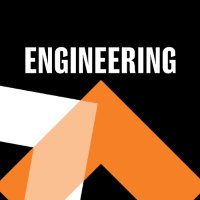
In an experiment reminiscent of the Transformers movies, Princeton University engineers created a type of material that can expand, assume new shapes, move and follow electromagnetic commands like a remotely controlled robot even though it lacks internal gears: engineering.princeton.edu/news/2025/04/2…

Our Nature paper has just been published Princeton Engineering Princeton University nature ASME.org ASCE Headquarters Popular Mechanics Georgia Tech nature.com/articles/s4158…

Thanks to Philip Klocke and Larry Howell for their amazing “News & Views” Nature article: “Shapeshifting origami material shrinks when twisted” BYU Princeton University Princeton Engineering nature.com/articles/d4158…


Congratulations Xuanhe Zhao!

Congratulations to EML Editor Prof. Hanqing Jiang (Westlake University, China) on being selected as the recipient of the 2025 ASME Daniel C. Drucker Medal — one of the most prestigious honors in applied mechanics and mechanical engineering! 🎉 #AppliedMechanics #ASME
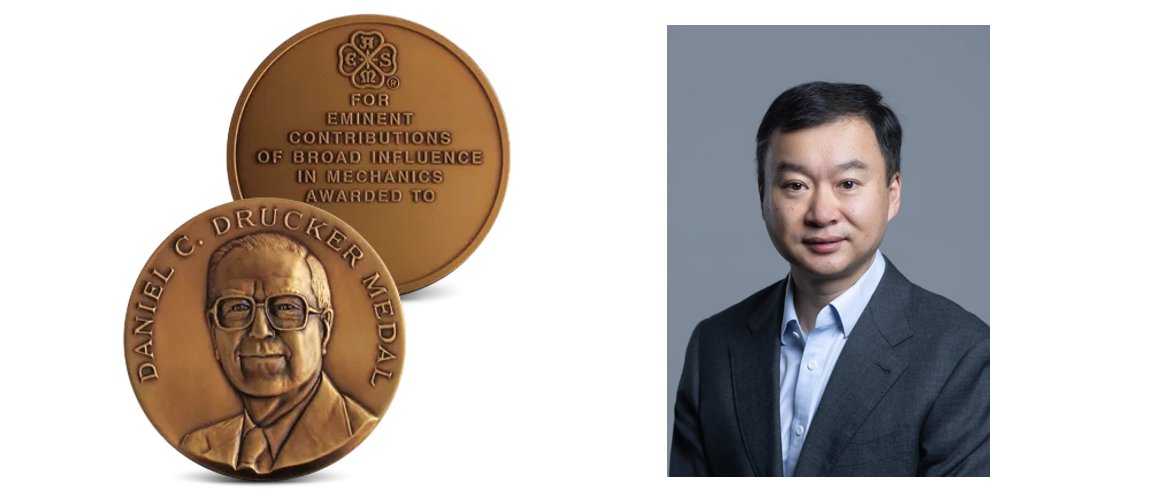
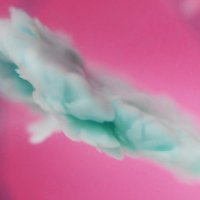


Interested to learn about cloaks that perform well under any elastic disturbances? Then see our PNAS paper: “Unbiased Mechanical Cloaks” Princeton Engineering Princeton University Georgia Tech ASME.org ASCE Headquarters pnas.org/doi/10.1073/pn…

Prof. Ke Liu (Chris), from Peking Univ., is presently delivering an inspirational seminar on “Artificial Neuromuscular Systems” as part of the Princeton Univ. Robotic Seminar Series Princeton University Princeton Engineering Peking University ASME.org


Engineers at Princeton and Georgia Tech have developed a technique that can be used to maintain structural integrity by essentially hiding the opening from the surrounding forces. bit.ly/4jgXKA7

Congratulations to Emily for getting her PhD at Princeton! She is my first PhD student at Princeton! You will have a brilliant career ahead! I wish you all the very best! Princeton University Princeton Engineering Georgia Tech Arizona State University

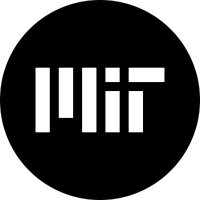

Honored to deliver the CEE Distinguished at UC-Irvine! I was amazed to learn about the great research that my colleagues over there are doing! Princeton University Princeton Engineering UC Irvine UCI Engineering




Honored to be part of the inaugural class of 7 Fellows of ISSMO (International Society for Structural and Multidisciplinary Optimization) issmo.net Princeton University Princeton Engineering ASME.org ASCE Headquarters Society of Engineering Science




